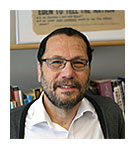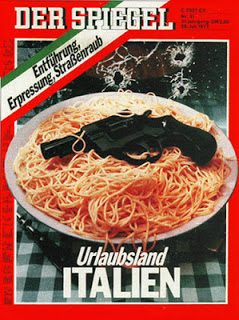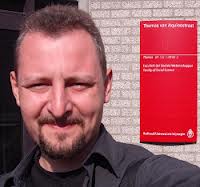
The @polcomprof Ralph Negrine from Sheffield addresses us in the final key note of the international week at the San Pablo university in Madrid. He researches the relation between politicians and journalists, which Negrine calls a marriage – working together towards the same goal. We see an old film clip from the 1949 in which journalists and a politician are best buddies. What a difference with nowadays, where journalists are called ‘unruly’ and consider this a badge of honour. Channel 4 anchor man Thompson says: “we exist to take on the powerfull and piss them off”. The media seems to be out there to destruct in stead of inform. This approach does not offer politicians the opportunity to develop a coherent argument. In interviews an argument is a starting point for the interaction. Ralph Negrine makes a case for a proper discussion between journalists and politicians, in which our political leaders have the space to inform us about their difficult job. Also see the prof on Twitter













